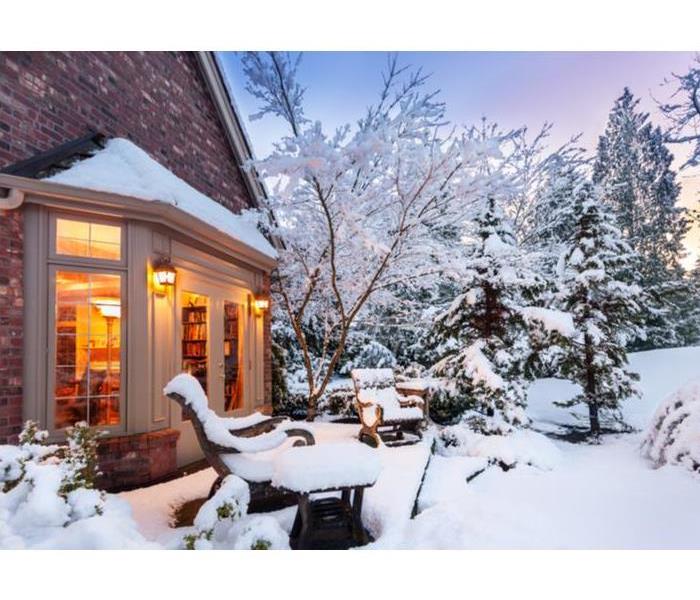Tips to Trick The Cold: Winterizing Your Home
1/12/2022 (Permalink)
Winter is here to stay, with frigid weather Iowans are more traditionally used to arriving just in time for the new year. When cold weather hits, our instinct is to begin thinking of how to protect ourselves from the lower degrees. We should also, however, get in a habit of paying the same cold-weather attention to our residences or commercial businesses. Winterizing your home not only saves you money on energy bills, but it also helps ensure a warmer, less stressful winter when indoors.
Before you suffer a water damage event brought on by cold temperatures, you should check your home or commercial property for areas that may need additional insulation, heating, or other attention that will prevent freezing weather from penetrating your property and potentially damaging water pipes in the process. Depending upon the size of your home or commercial property, this type of scenario can result in thousands of dollars in damage and may require many weeks of construction to restore. At SERVPRO of Marshalltown, it is our goal to stop a potential situation from occurring beforehand through preventable measures. Here are some tips for winterizing your home in central Iowa!
- Seal your home
Give your home a quick run-through, checking for visible, as well as hidden drafts. One way of doing this is by holding a lit candle near the following areas:
- Windows
- Doors
- Vents and fans
- Plumbing areas
- Air conditioners
- Mail chutes
- Electrical and gas lines
If the candle flickers, you probably have a draft.
Seal any holes and reinforce existing points of entry with weather stripping. Everything you need for this should be able to get found in any local hardware store.
- Check heat, turn off external faucets, protect pipes
Draining your sprinkler system and shutting off all external hoses is the best way to help prevent water pipes from freezing. Check your heating system periodically to ensure that it’s working properly in a safe manner, before cranking it to full blast during the coldest stretches of weather. The most important phase of winterizing your home or commercial property involves potentially frozen pipes, and how to avoid them.
- Keep your heat on—even when you’re not home. You don’t need to turn the thermostat up when you’re out, but you should keep it at a moderately warm temperature, so your home’s pipes don’t freeze and burst.
- Allow your faucets to drip during severe cold snaps so that the water flows through your cold pipes. Allowing the water to stay stagnant puts it at greater risk of freezing.
- Wrap any exposed piping to prevent freezing. You can find foam rubber or fiberglass sleeves for pipes and outdoor hose bibs at most hardware stores.
- Review all locations inside your property where water pipes are running. In particular, check pipes close to exterior walls, in basements, in attics, adjacent to unheated areas (i.e. garages) or pipes that are just in colder areas of your property. If necessary, place an exterior thermometer in the space to see if the temperature is warmer than the outside air.
If these areas are cold than it may be a good idea to insulate the pipes, or the surrounding area, or add a space or pipe heater. If you have any questions, contact us 24/7 by phone at (515) 233-4544 or on Facebook at SERVPRO of Marshalltown.




 24/7 Emergency Service
24/7 Emergency Service
